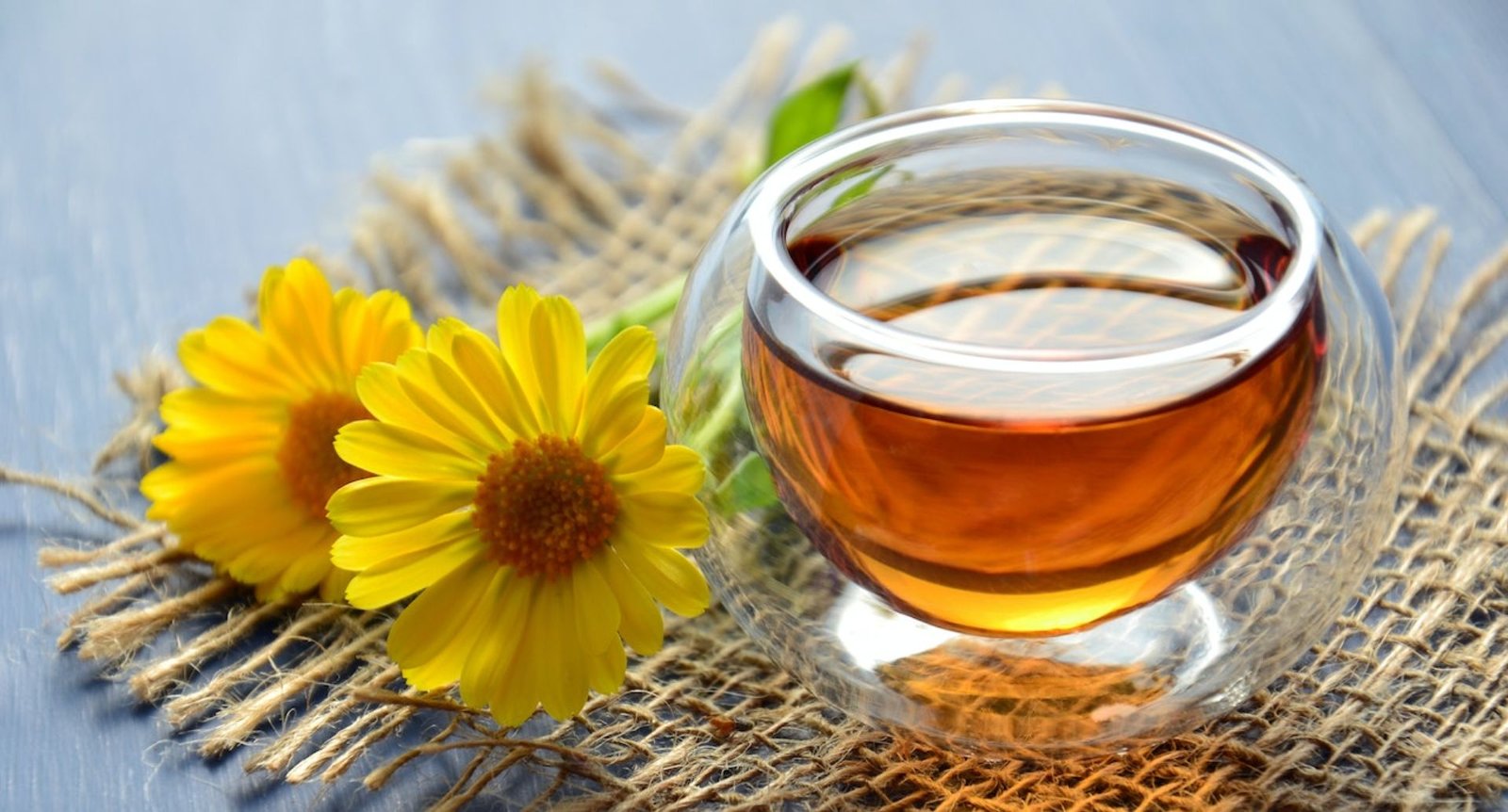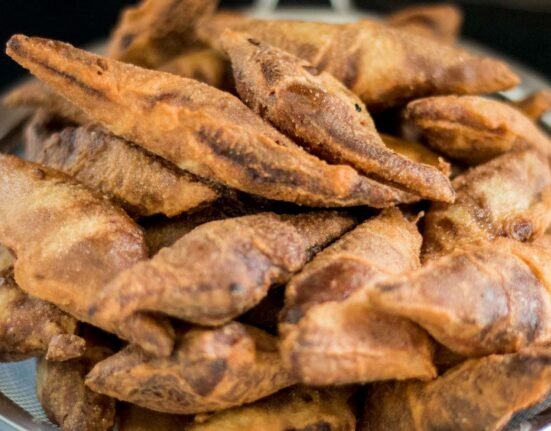Contents
Coffee before Tea

Many of the Sri Lankans in the current society might even have forgotten there was coffee grown in those plantations filled with tea now. Coffee was an everyday drink before tea was found. When the British began to completely rule the island it was costly to maintain the military presence and infrastructure necessary. Taxation itself was not enough to raise the revenue and then there. Thus the governors had to find a solution to fill in the gap of revenue.
Edward Barnes, colonial governor found the coffee plant naturally growing off the hill country. He who knew this was their opportunity encouraged large scale cultivation. Official funds were put into research about coffee growing. Encouragement and support was provided for the businessmen who were diving into coffee enterprises. The governor. Barnes provided infrastructure such as the network of roads that included the trunk route from Kandy to Colombo. This motivated the planters to get their produce to Colombo and then to England.
A boom in coffee exports was visible soon after. Despite some setbacks on the way in the mid-1870s Ceylon was the largest producer of coffee in the world. The profits and revenue earned through the enterprise turned the island country into an attractive, famous and civilized colony. Infrastructure has made great improvements by this time and there was a well functioning government within Ceylon.
But good times are always short-lived. In the late 19th century due to a number of factors, including disease and economic competition the coffee plantation economy was failing. A major reason for the failure was a fungal disease known as ‘coffee rust’, which devastated coffee crops throughout Ceylon in the 1870s. This disease caused widespread crop loss, reduced yields and decreased the quality of coffee produced.
Additionally, the coffee industry in Ceylon faced increasing competition from coffee producers in other parts of the world, particularly in South America. These competitors were able to produce coffee more cheaply and efficiently. The situation was making it difficult for Ceylon to compete in the global market. Furthermore the coffee industry in Ceylon was heavily dependent on European markets, which were suffering from economic downturns in the late 19th century. This reduced demand for Ceylon coffee and made it even harder for the country to compete in the global market. Meanwhile Scottish planter James Taylor found the solution to the diminishing Ceylon economy in Loolkandura.
History of Ceylon Tea
The history of Ceylon tea is rooted in the colonial period of Sri Lanka. Back then the island was known as Ceylon. Tea drinking is a huge part of Sri Lankan culture. Ceylon tea has its origins in the mid-19th century, when the British colonial authorities in Ceylon decided to establish tea plantations in the country to break the monopoly of tea production held by China. The tea industry in Ceylon began in 1867 when a Scottish planter named James Taylor established the first tea plantation in Loolkandura near Kandy.
Initially tea production in Ceylon was limited to small-scale operations. The tea was sold locally or exported to the United Kingdom. However, as the demand for tea increased the tea industry in Ceylon grew rapidly. By the end of the 19th century Ceylon had become one of the largest tea- producing countries in the world.
Despite the growth of the tea industry in Ceylon the quality of the tea produced was often inconsistent. The country’s tea was often considered to be of lower quality than tea produced in other countries.in response to this the Ceylon tea industry introduced a system of quality control and grading, which helped to improve the quality of the tea and establish Ceylon tea as a premium brand.
During the 20th century, the Ceylon tea industry continued to grow and by the mid – 20th century Ceylon had become one of the largest exporters of tea in the world. The industry was also transformed by the introduction of tea processing factories, which made it possible to process and package tea on a large scale.
In 1948 Ceylon gained independence from British rule and became Democratic Socialist Republic of Sri Lanka. The tea industry in Sri Lanka continued to grow and by the end of the 20th century Sri Lanka had become one of the largest exporters of tea in the world with a reputation for producing high-quality tea. Sri Lanka is highly dependent on this plantation economy.
Unique tea types found in Sri lanka
Depending on the altitude tea is grown upon the taste can vary. There is ‘High Grown Tea’, which is a type of tea grown at high altitudes in Sri Lanka typically above 4000 ft. These teas are known for their delicate flavour, light body and bright colour. On the other hand there is ‘Low Grown Tea’, which is grown at lower altitudes in Sri Lanka typically between 1000 and 2000 ft. These teas are known for their full-bodied flavour, bright colour and smooth finish.
Orthodox Tea is another unique tea type produced using traditional tea-making methods such as hand rolling the tea leaves. Ceylon orthodox tea is known for its high quality and is often used in specialty tea blends. Orthodox production aims to protect the integrity of tea leaves.
Broken Orange Pekoe(BOP) is a type of tea that is made from small tea leaves and is known for giving off a reddish colour and strong full-bodied flavour. Ceylon BOP is a staple in tea blends, particularly in English Breakfast Tea. This is suitable to drink both with and without milk.
These unique tea types found in Sri Lanka are a testament to the country’s rich tea-growing tradition and the high quality of its tea production. Whether you prefer the light and delicate flavour of high grown tea or full-bodied flavour of low grown tea, there is a Ceylon tea that is sure to suit your taste preferences.

Types of Tea Anyone Want to Try
In general Sri Lankans drink at least tea two times a day. A strong milk tea before breakfast to begin the day and another strong milk tea in the evening to relax and bring an end to the busy day. Other than that, a strong black tea in the middle of the day helps to keep the day rolling. Black tea is not the only type of tea you can try when we speak of Ceylon Tea. The central highlands produces the highest quality tea. There are several types of tea grown and produced in Sri Lanka as follows.
Black tea is the most widely consumed and produced type of tea in Sri Lanka. Ceylon black tea is known for its full – bodies flavour, bright colour and smooth finish. It is used in a variety of tea blends including English Breakfast tea and Chai tea. To make black tea everyday female tea pluckers hand plucks about two baby leaves and a bud in large quantities. They are collected in large quantities and then withered, rolled, fermented, dried and sifted. From here on, tea leaves are graded according to their colour and intensity.
Green tea is produced in small quantities and is typically grown at high altitudes in Sri Lanka. Ceylon green tea is known for its fresh, light flavour and is sometimes blended with other teas to create unique tea blends. They do not go under the oxidising process which makes tea leaves retain unoxidized attributes.
Oolong Tea is produced by partially fermenting the tea leaves. Ceylon oolong tea is known for its delicate flavour and smooth finish, and is typically enjoyed as an after dinner tea.
White tea is a rare and highly prized tea that is grown in small quantities in Sri Lanka. It is also known as Silver Tip tea. The production process is very detail oriented and delicate. Tea pluckers only take the buds during the dawn. The buds are not fermented. They are hand rolled individually. White tea is a tea made completely handmade. They are wind dried. Ceylon white tea is known for its light body and delicate flavour. The colour of white tea is very subtle and It is typically enjoyed as a morning or afternoon tea. White tea can be healthier than green tea.
Flavoured tea is a type of tea that is now trending in many tea drinking countries. The type of tea is blended with other ingredients to create a unique flavour profile. Ceylon tea is often blended with spices, fruits and other flavours to create delicious and aromatic tea. Some of the famous ones are Cinnamon tea, Earl Grey tea, Ginger tea, Mint Green tea, Jasmine Green tea, Spiced tea etc.
Tea Producing Areas
Nuwara Eliya – Without a doubt it is in Nuwara Eliya you will find the finest tea in all Sri Lanka. Ceylon tea is produced at the highest elevation and at the center of the island. The tea tastes delicate with a floral fragrance. These teas can be served both hot and cold.
Uva – Uva is another high grown tea producing area. East of the Dambulla and Nuwara Eliya, the territory produces black tea with a distinct sweet flavour and wood aroma. Can be used to make a delicious milk tea
Dimbula – Dambulla or Dimbula is the southernmost of the three well-known regions. The tea within the district vary from each other due to the different terrains they are grown upon.
Uda Pussellawa – Uda Pussellawa is near Nuwara Eliya. The region itself receives rainfall most of the time in the year. The tea is similar yet a bit darker in colour with a pinkish hue. The flavour itself is strong and fresh.
Kandy – Though it is a hilly area, Kandy is a medium-high altitude tea growing district. The uniqueness in these teas are dependent on the exposure to monsoon winds. Thus, the tea flavour can vary from each other. However, generally it is copper-hued and malty.
Sabaragamuwa – Sabaragamuwa, also known as Ruhuna grows low-grown black teas which are full of flavour. Most of the teas in this region are produced as orange pekoes and flowery orange pekoes.
Pros and Cons of drinking tea
Tea has been a widely consumed daily beverage in the world for generations in many cultures. While drinking tea offers several health benefits, there are also some disadvantages associated with excessive tea consumption.
Benefits of drinking tea
- Antioxidants – Tea is rich in antioxidants, which help protect the body from free radicals and reduce the risk of chronic diseases such as heart disease, cancer and stroke. When drinking Ceylon green tea it boosts immunity.
- Caffeine – Tea contains small amounts of caffeine, which is a stimulant that can help improve mental alertness, physical performance and overall mood. The amount of caffeine can increase from white tea cup to green tea cup and to the black tea cup.
- Hydration – Drinking tea, especially green tea can help the body to stay hydrated, especially during physical activity or hot weather.
- Mental health – Tea contains L-theanine, an amino acid that helps with reducing stress. It also can improve one’s focus and promote relaxation. This reduces chances of hypertension.
- Oral health – Some teas, such as green tea, have been shown through studies to help improve oral health and reduce the risk of tooth decay and gum disease.
- Weight management – some studies have shown that tea, particularly green tea can help increase metabolism and promote weight loss.
- Heart health – some studies also have shown that drinking tea can improve heart health by reducing the risk of heart diseases, stroke and high blood pressure. It helps to regulate blood sugar.
Disadvantages from excessive drinking of tea
- Stained teeth – Tea contains chromogens, which can stain teeth and cause discoloration. This can be especially problematic for people who consume tea on a regular basis and several times a day.
- Dehydration – While tea can help the body to stay hydrated, excessive consumption of tea can also lead to dehydration, especially if it is consumed in large amounts or if it contains high levels of caffeine.
- Caffeine sensitivity – While caffeine can have positive effects on mental alertness, it can also lead to negative side effects such as jitters, anxiety and insomnia in people who are sensitive to it.
- Interference with iron absorption – Tea contains tannins, which can interfere with the absorption of iron. This can be especially problematic for people who are anaemic or who have iron deficiency.
- Interference with medications – Some medications such as antibiotic and heart medications can interact with the caffeine and other tea compounds. This can lead to negative side effects or decreased effectiveness of the medication.
It is important to note that these benefits and disadvantages are dependent on the consumer’s habits and type of the tea. These are the common facts to tea drinking, therefore, tea should be consumed in moderation, as excessive consumption can lead to negative side effects such as anxiety, insomnia and digestive problems.

If you are a foreigner looking to purchase Ceylon tea, there are several ways to do so
- Online retailers – online retailers are a convenient way to purchase Ceylon tea, as they allow you to shop from the comfort of your own home. Customers can find many websites that sell Ceylon tea and you can choose from a wide variety of tea types and brands. Some popular online retailers that sell Ceylon tea include Amazon, twinning and Harney & Sons.
- Specialty tea shops – If you are looking for a wider selection of Ceylon tea you can visit a specialty tea shop. These shops offer a wide variety of teas from around the world including Ceylon tea. These shops can be found in many cities and you can sample the teas before you buy. This can be a great way to find your favourite tea.
- Tea estates in Sri Lanka – If you are on a visit to Sri Lanka you can visit a tea estate to purchase Ceylon tea directly from the source. This allows you to see the tea-making process and purchase high quality, freshly-made tea. You can also find tea shops and tourist centres that sell Ceylon tea, making it a lot easier to purchase even if you are not visiting a tea estate.
- Grocery stores – The easiest and obvious method in some cases is to visit a grocery store. Ceylon tea is widely available in grocery stores, both in Sri lanka and abroad. You can find it in the aisle, along with other types of tea. Some grocery stores also have a specialty tea section that offers a wider selection of tea from around the world, including Ceylon tea.
Important: When choosing the tea make sure to choose a reputable brand and look for high quality tea. You should also consider your personal preferences, such as flavour and aroma when choosing your tea.
How to store you tea
Make sure to store your tea in a clean airtight container and place the container in a cool and dry place. Do not let moisture, heat or sunlight come into contact with the tea. If it is kept well, whenever you open the container you can smell fresh tea leaves.













